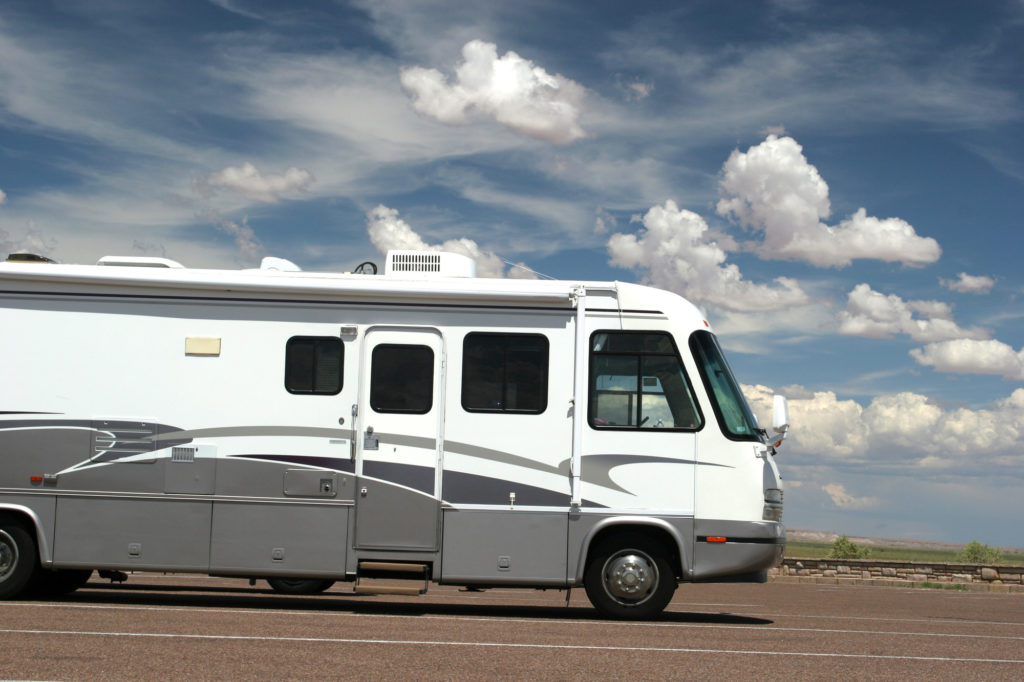Are you about to embark on your first RV road trip? Before you put the pedal to the metal, read these 10 things you should know beforehand.
For many people of all ages, an RV road trip is a dream come true.
In the digital age, it sometimes seems like people crave analog experiences more than ever, leading to a resurgence of RV popularity. In fact, RVs are more popular now than they have ever been before. More than 400,000 RVs were sold in 2016 alone!
Are you planning your first RV trip? Even if you’ve taken lots of road trips by car before, an RV trip is a little different. Some extra planning can help make sure you have the time of your life.
Ready for the essential tips to help you plan for an RV road trip? Whether it’s your first trip or your 50th, we’ve got the top tips to make it great!
1. Plan for Limited WiFi
Taking a road trip in the modern day often means relying on access to WiFi for many essential things. You might want an internet connection for directions, or looking up Yelp reviews to pick the best tourist sites to stop at. You might even be hoping to bring your laptop and do a bit of work on the road.
However, WiFi connections on an RV trip tend to be spotty. Even if you stop at a campground, they might not have WiFi — or at least not a fast connection. And when you’re on the road, you might drive through large “dead spots” with no internet connection or service at all.
Setting up a hotspot on your phone is a good way to tap into WiFi when you need it. However, there’s no getting around those parts of the road with no cell service. Make sure to plan ahead for times when you can’t just Google “nearest gas station.” It’s a good idea to bring physical maps or download some to your phone.
2. Budget for Gas
RVs use much more gas than a car. Make sure that you include the expensive cost of fueling up in your trip budget. Otherwise, you’ll run out of trip funds much faster than you were expecting.
3. Know Your Height
RVs are much taller than cars and trucks. Memorize the height of your RV so you won’t try to drive it under a bridge or a sign that’s too low. If you don’t keep the height in mind, you could end up paying the high cost of damages. Visit this site for some examples of the different RV heights.
4. Practice Driving
Driving an RV can seem intimidating at first, but anyone can do it! To help you feel more comfortable on the open road, take a few short practice trips before you set out. Remember to be confident in your ability to tackle this task. After a while, it will feel just like driving a car.
5. Pack a Roadside Emergency Kit
Safety should always be a high priority before embarking on a road trip. With a roadside emergency kit, small mishaps won’t turn into big disasters, because you’ll have everything you need.
A good roadside emergency kit includes a first aid kit to take care of you and your passengers, just in case. It should also include basic vehicle repair items. Consider including jumper cables, flares or reflectors, oil, and coolant, for example.
You should also bring a flashlight, blanket, pen, paper, snacks, rags, and other basic items that will come in handy in many different situations. The great thing about an RV is that you can store these items easily since there’s so much space.
6. Use a Setup Checklist
When you’re setting up at a new campground, it’s all too easy to forget essential setup steps until you’re out of daylight or ready for bed. To make sure you don’t forget anything, keep a checklist handy. Setup will soon seem much easier!
7. Pack Food
Buying food on the road gets expensive. But with an RV, you can easily store plenty of your favorite snacks and meals to make. This can save you money, help you stay healthy, and most importantly, prevent you from running out of snacks on a stretch of empty highway.
There’s nothing wrong with packing some of your favorite junk food for a road trip. But it’s also a good idea to include some healthy choices, like your favorite fruits, in the mix. Healthy food helps give your brain and body the energy to get through a long day of driving, navigating, and setting up. Don’t forget to drink lots of water, too!
8. Stay Flexible
Planning ahead is great. It’s important to have a budget, and it’s also good to have an itinerary for how many hours you’ll drive each day, where you’ll stop, and when you should arrive at each destination.
However, many things can change on the road, and you’ll enjoy your trip more if you stay flexible. For example, the national park you planned to stay in might be closed due to forest fires on a summer trip. Be open to new, unplanned adventures that pop up along the way!
9. Exercise When You Can
There’s no way around it — a road trip involves lots of sitting. Make time to exercise during breaks: you’ll feel better and have more energy for your trip. This also helps prevent getting stiff and sore or having those dreaded muscle cramps.
10. Keep the Owner’s Manual Handy
If something needs to be fixed on your RV, the manual will help you know what to do. It can also help you figure out things that seem counterintuitive. If you just can’t seem to figure out how to turn the stove on, for example, the manual will be a big help.
Ready for Your RV Road Trip?
With the right preparation, an RV road trip will be fun, easy, and one of the most memorable times of your life. It doesn’t take much to complete the steps on this list, but they’ll save you lots of time and hassle on the road.
Wondering how to plan your trip on a limited budget? Don’t miss our budget travel tips.



